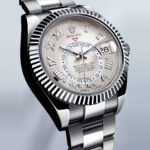In-Depth: The Ingenuity of the Rolex Oyster Perpetual Sky-Dweller
Saros annual calendar and Ring Command system.
At Watches & Wonders 2024, Rolex refreshed the Oyster Perpetual Sky-Dweller collection with two new models in 18k gold matched with a Jubilee bracelet, giving a new face to its most complicated watch. The Sky-Dweller was the brand’s most complex wristwatch at introduction in 2012 and remains so a dozen years later. Despite its technical sophistication, the Sky-Dweller is very much a Rolex, incorporating innovations geared towards practicality and functionality.
Combining the Saros annual calendar with a second time zone in 24-hour format, the cal. 9002 of the Sky-Dweller boasts several patents, marking out the Sky-Dweller as one of the most innovative Rolex watches of the 21st century. Rolex’s take on the annual calendar in particular is perhaps the most unique in contemporary watchmaking. It relies on clever mathematics and gear mechanics, while doing away with traditional levers or cams, in order to maximise reliability and useability.
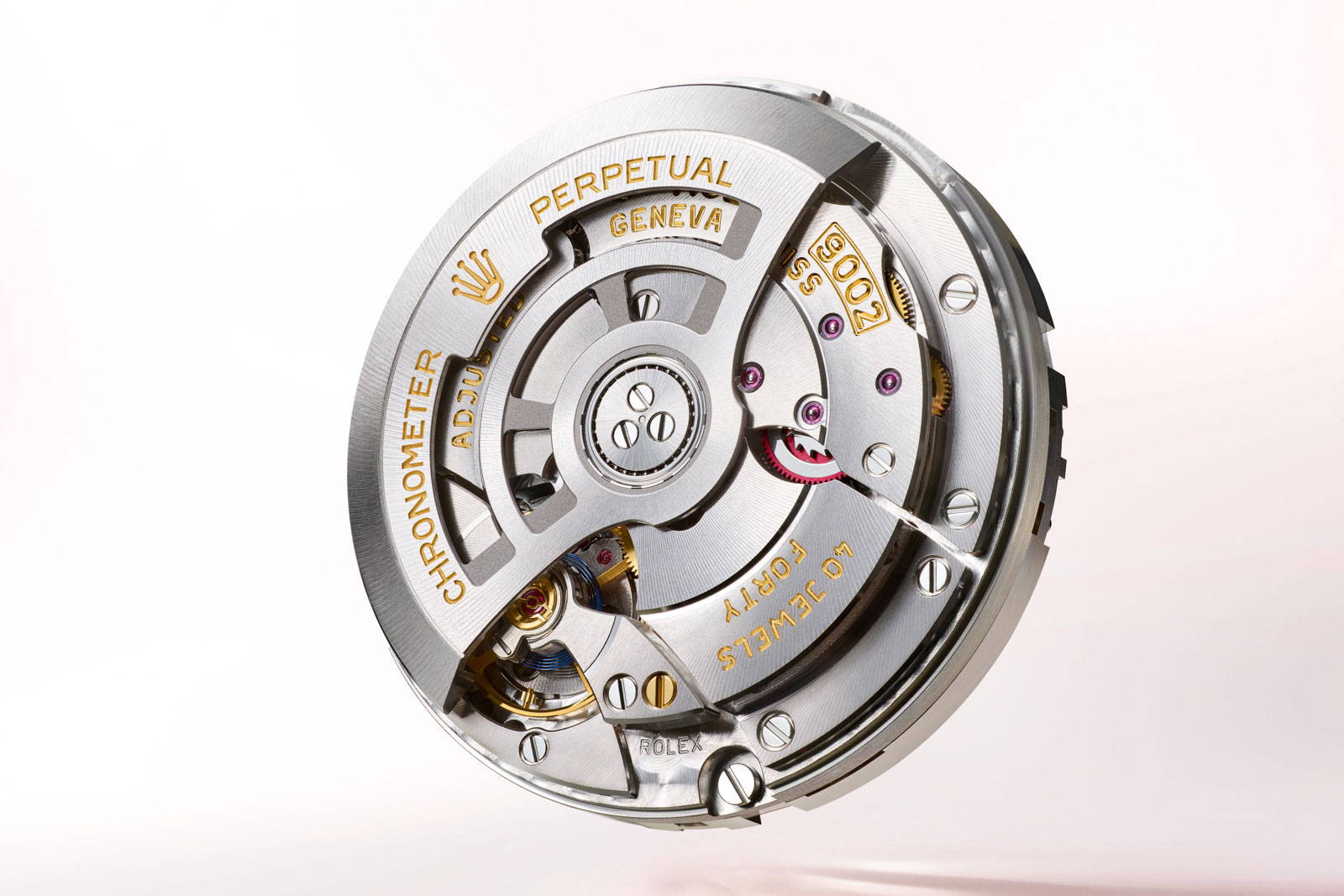
The second-generation Oyster Perpetual Sky-Dweller movement, the cal. 9002 that succeeded the cal. 9001
Notably, Rolex managed to incorporate all of the complications of the Sky-Dweller into a design that preserves the classic Oyster silhouette thanks to the innovative Ring Command system. The case has no pushers or buttons, but instead relies on the bezel as a clever function selector mechanism that transforms the signature fluted bezel into a functional device while eliminating the need for an additional crown or pushers.

The Oyster Perpetual Sky-Dweller ref. 336935 in 18k Everose gold with a slate dial Jubilee bracelet
The Ring Command system is a complex, patented interface that connects the rotating bezel, winding crown, and movement in a system that allows the wearer to select and set the functions of the watch individually in an easy, convenient manner.
This results in a complex case construction in order to ensure water resistance, which in turn makes assembly of both the movement and case more tedious. The fact that it was installed in the famously water-resistant Oyster case – the Sky-Dweller has the same depth rating as a traditional Oyster case – makes it all the more impressive.
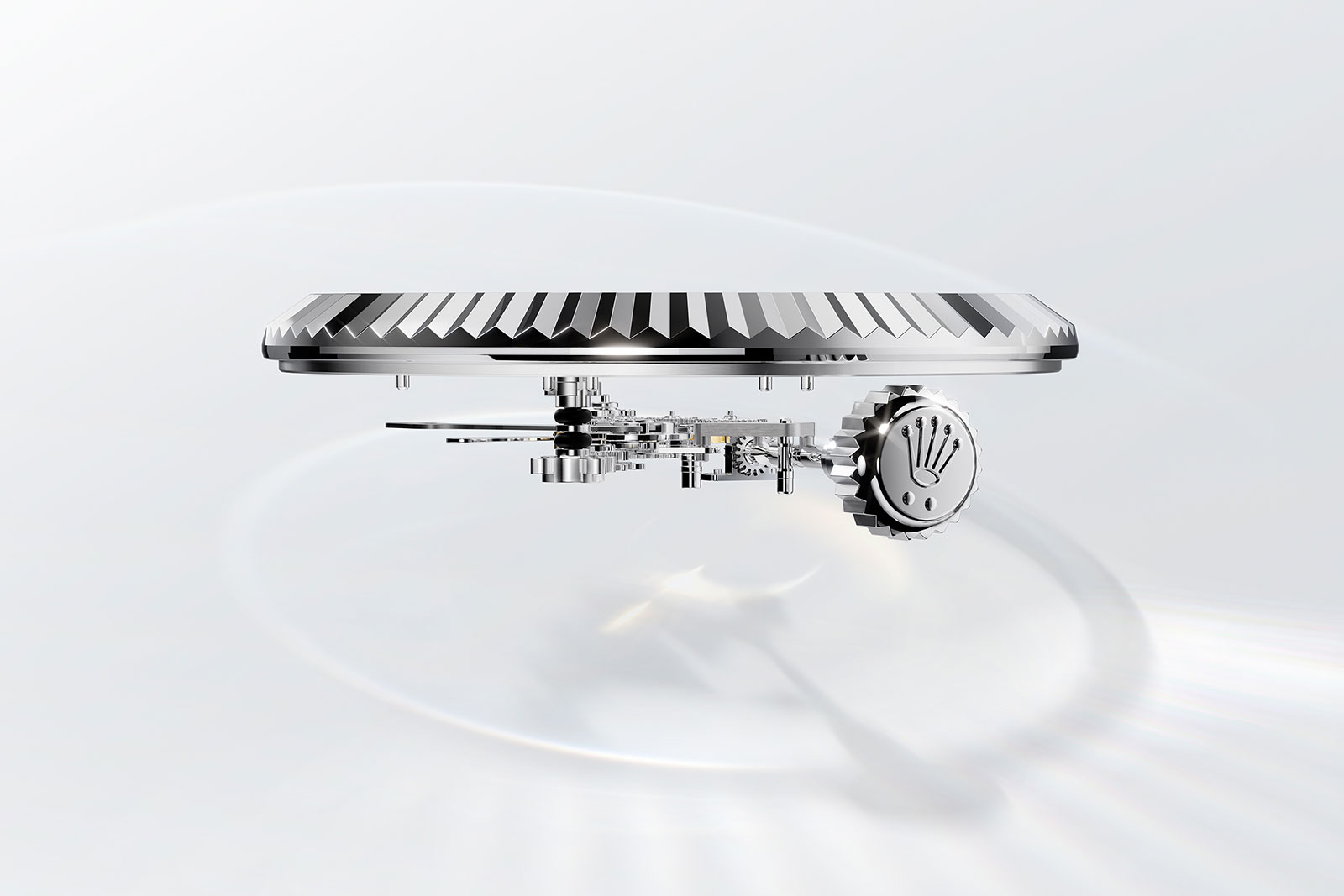
The Ring Command system, a patented system of mechanically linking the case and movement
All the complexity, however, results in a uniquely simple interface for the wearer, who is presented with an intuitive and convenient method of setting the watch, one much more convenient than fiddling with several crown positions or pushers on the case.
Paradoxically, the Ring Command system is more complex than the Saros annual calendar that it is responsible for setting. The Ring Command system relies on a control cam, much like in a cam-operated chronograph, which is set in position by the rotating bezel.
Despite the 21st century technology inside the Sky-Dweller, its complications subtly pay tribute to historical Rolex watches. The second time zone function of the GMT evokes the same complication in the GMT-Master, while the Saros annual calendar subtly references the Oyster ref. 6062 of the 1950s with triple calendar and moon phase, which was the most complicated Rolex watch at the time.

Saros annual calendar
Fully functional as a calendar without compromising on legibility or aesthetics, the Saros annual calendar display is made up of two separate indicators – a discreet month indicator and the date display. On the outer periphery of the dial, just beside each hour index, sits a small aperture that functions as a discreet months display. A disc underneath the dial features a contrasting sector that shows up through the apertures selectively, thus indicating the current month.
At the end of a 30-day month, the date display instantly jumps to the first of the next month. This is made possible by a calendar mechanism that is essentially a planetary gear set with a twist. The planetary gear construction, in fact, gave rise to “Saros”, which is an astronomy term referring to the cycle that sees the Sun, Earth and Moon aligned to create eclipses.
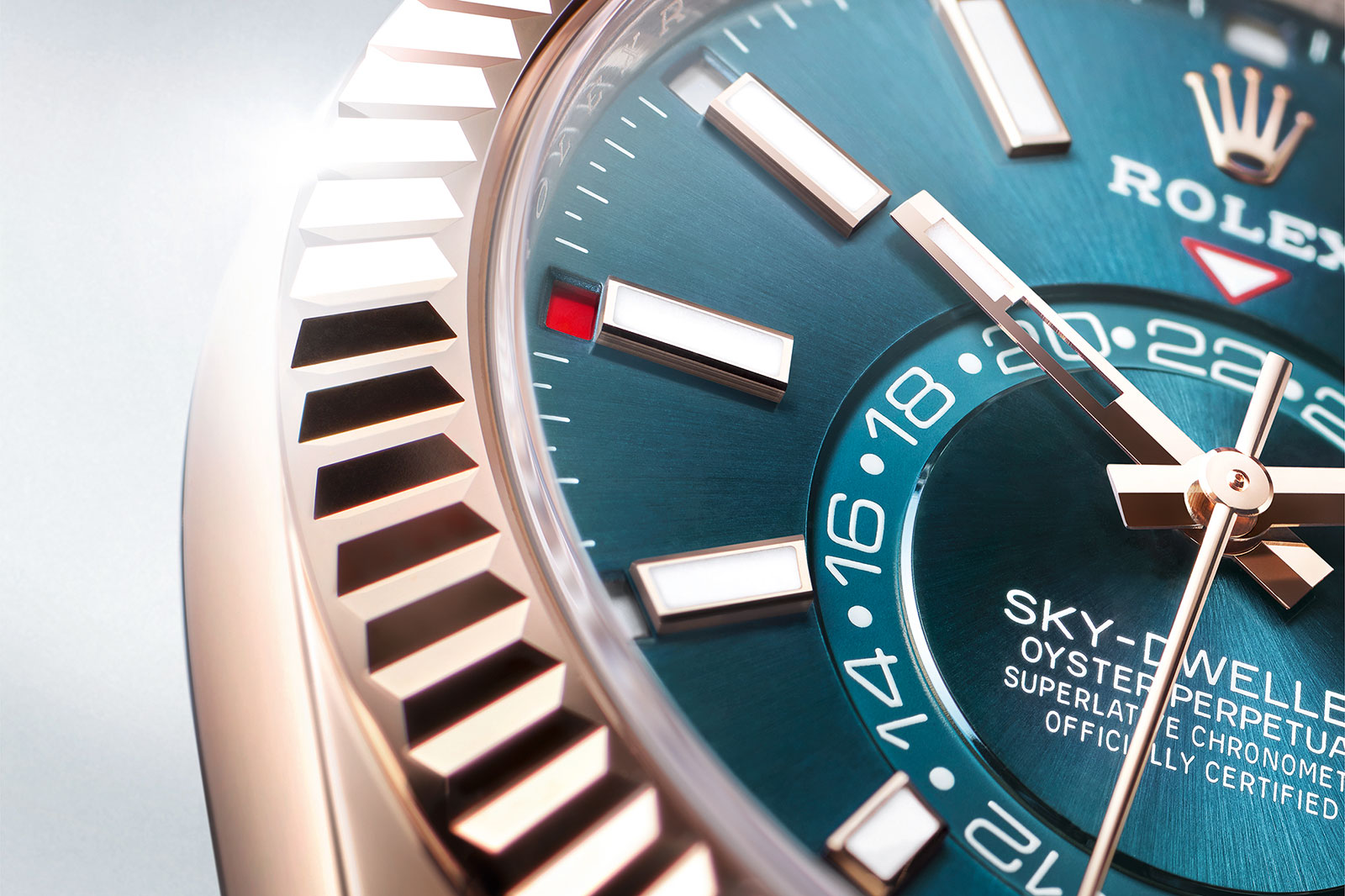
The subtle month indicator, here displaying September with the nine o’clock aperture showing red
Figure 1 shows the outline of the Saros annual calendar mechanism. The date wheel 1 itself acts as a carrier and makes one 1/31th of a revolution every day. Attached to the date wheel is a satellite 10, which rolls about a fixed sun gear 6. A the date wheel 1 rotates clockwise, it drags the satellite 10 along the fixed gear 6, making it move clockwise as well.
A trademark Rolex instant date jumper (about which we will not go into deeper detail here) makes the date wheel 10 swiftly advance by one step at precisely midnight. For the Sky Dweller the date jumper 3 was tweaked to include a second finger 3b, which fulfils a limited yet vital function.
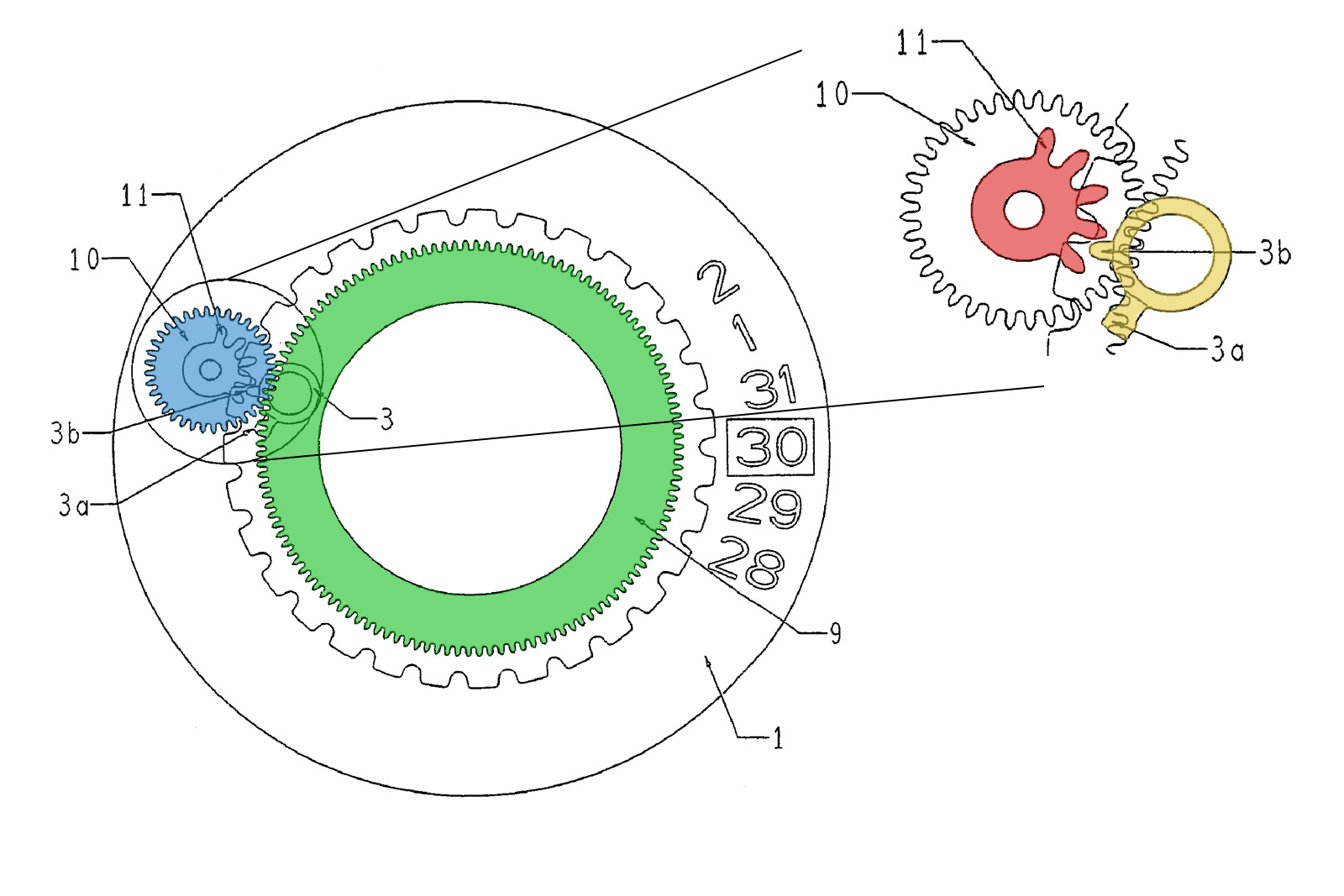
Figure 1. Image – European patent EP1596261B1
In 30-day months, the mechanism has to advance the date twice, past the 31st of the prior month to the 1st of the following month. During those specific months, the satellite 10 is brought in position close by the secondary finger 3b on the date jumper. First, part 11 of the satellite comes into contact with finger 3b and makes the switch from the 30th to the 31st, then the base jumper advances the date disc normally to the 1st, as seen in Figure 2.
The curious engagement between 11 and 3b is described by Rolex themselves in the patent as “pseudo-paradoxal”. The date jumper has a clockwise rotation. When finger 3b comes in contact with one of the teeth 11 on the satellite, which rolls also clockwise about the fixed gear 6, the reasonable tendency is to force the entire date disc to turn counterclockwise.
What actually happens is different and not very intuitive. Because the interior finger-satellite engagement happens far from the planetary gear set’s centre, it actually advances the date disc by one step. The paradoxical action actually binds tooth 11 to the finger 3b, as they turn against each other – making the engagement more secure, akin to draw effect in escapements.
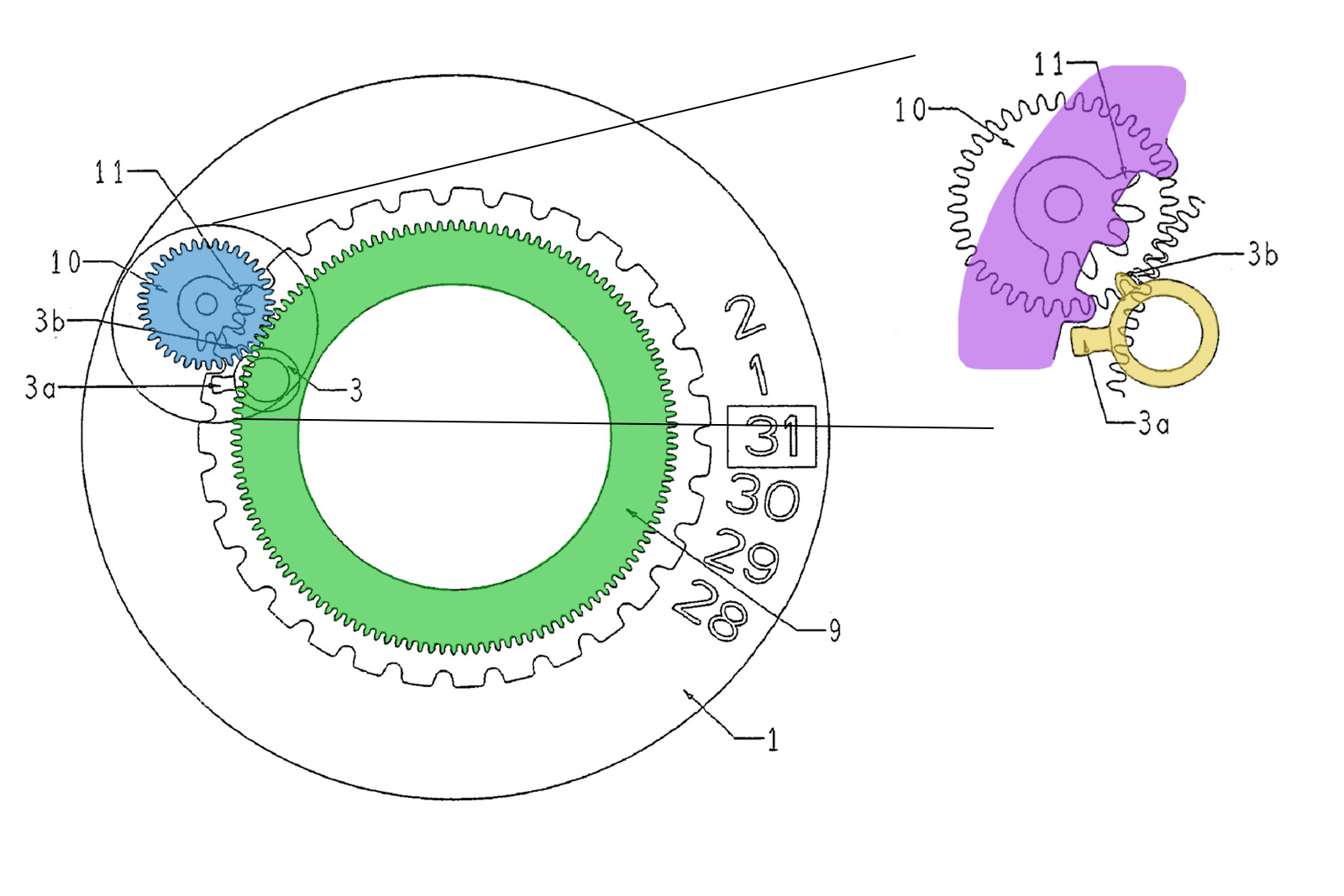
Figure 2. Image – European patent EP1596261B1
The result is a mechanism which selectively skips through the 31st of the month. It all happens in a fraction of a second, much like a common date change, as the two date fingers work one after the other in swift succession. At the end of the month, a toothed sector on the date disc geared to the months’ ring (not shown) makes it advance on step to the next month.
The Saros annual calendar is a unique proposition in terms of watch mechanics. It exploits an obscure mechanical principle in making the gear set jump somewhat counterintuitive.
Moreover, the Saros annual calendar is efficient, as the contraption only adds few parts to a basic date and can be set backwards or forwards, since it is all based on rolling gears. The trick is calculating the best gearing ratio between satellite and sun wheels, so the satellite is always brought in position to engage with 3b in Figure 2 in each 30-day month.

An example of the concise display: the annual calendar shows August 28, while the second time zone indicates 10:11 pm
Ring Command system
Another unique feature of the Sky-Dweller is the Ring Command system. The fluted, rotating bezel is not merely an aesthetic embellishment, but rather a functional component, linked directly to the movement. The Ring Command system was first introduced in 2007 in the Oyster Perpetual Yacht-Master II, then it was reprised in 2012 for the Sky-Dweller.
What the Ring Command system does is assist with the setting of the various complications of the Sky-Dweller. Curiously, when unscrewed, the Sky-Dweller crown can take only two positions: one for winding and one for setting. To access a specific setting mode, the user has to engage the Ring Command rotating bezel.

In order to set the reference time, the wearer first unscrews the crown and pulls it out to the first stop, then rotates the bezel counterclockwise as far as it will go to position III as shown in Figure A.
This hacks the seconds hand, allowing the time to be synchronised down to the second. Now the hour indicator on the 24-hour GMT disc and central minute hand can be set by turning the crown in either direction.
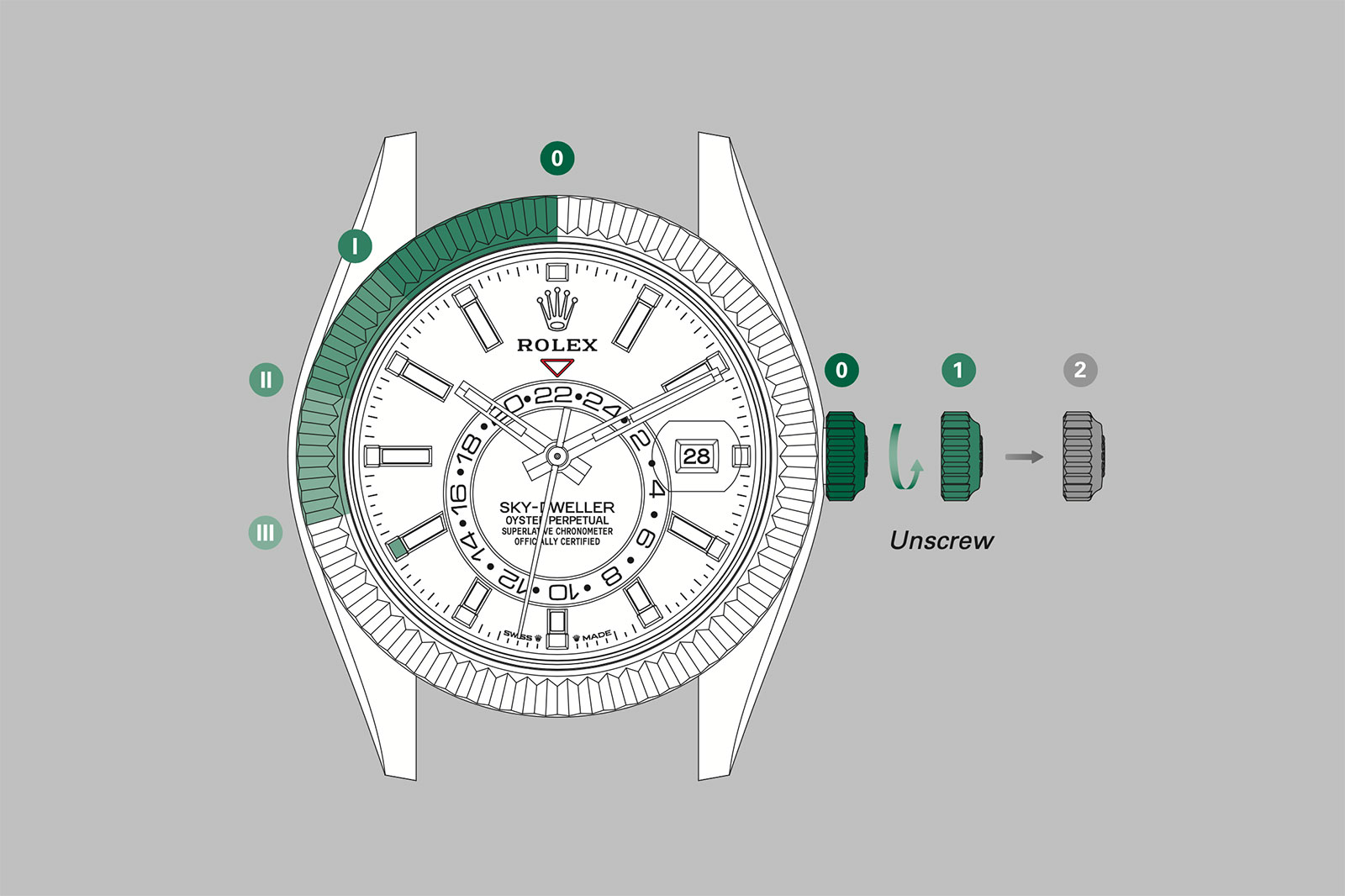
Figure A. Image – Rolex
Turning the bezel one click clockwise lets the user adjust the local time in one hour increments through the crown. Turning the bezel one more click allows the wearer to quickset the Saros annual calendar and date. One more clockwise click and the bezel is put into “neutral” – the wearer can now only wind the watch through the crown.

The Sky-Dweller in yellow gold ref. 336938
The rotating bezel is free to slide about 100°, as much as dedicated railings in the case allow it. Internally the bezel has a number of pins, which work with a Maltese cross. Much like lantern gears in old clocks, when the pairs of pins interact with the Maltese cross, they turn in by 180°.
The Maltese cross is connected to a tube which extends deep into the case. Its shaft is waterproofed via two O-ring seals, akin to a crown stem tube. Inside the case, opposite from the Maltese cross, is a four-pointed star gear (pink D in Figure 3). D works directly with gear S, in a sort of reverse-Maltese cross setup. Co-axial with S is a gear R1, which engages with R2. Thus is transmitted the motion of the bezel to the movement.
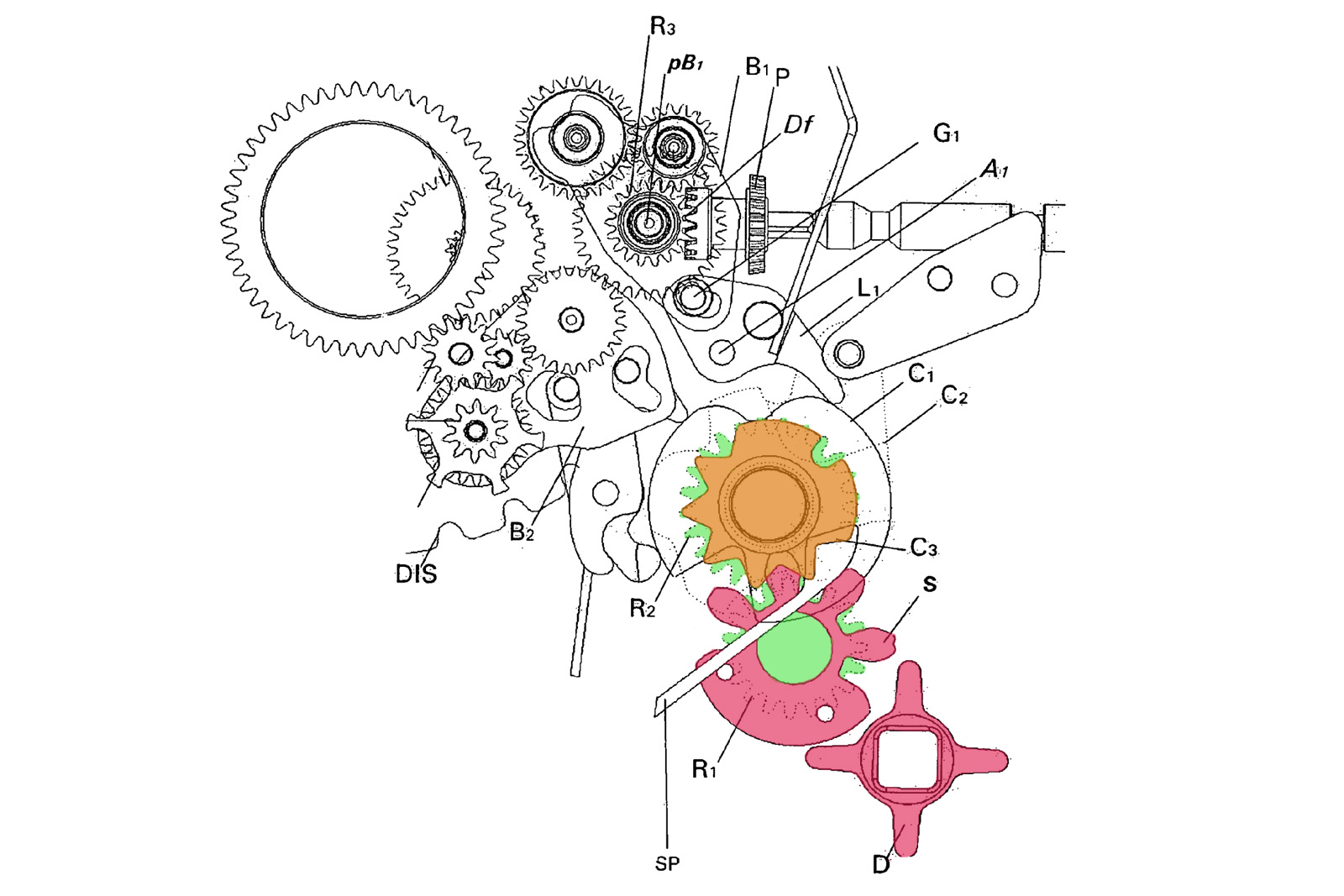
Figure 3. Image – European patent EP2533110B1
Co-axially and paired with R2 sits the assembly of selection cams which make up the control organ of the system. Cam C3 in orange works with a jumper and securely indexes the cam stack in the correct position.
Figure 4 shows a simplified view of the inner Ring Command system. At any given point, a number of levers rest on cam C1’s surface. When the levers are indexed into a specific position by the bezel, they can fall into a dedicated notch in C1’s profile – thus engaging a particular time setting mode. Fig. 4 shows the crown stem in classic time setting position, through the yellow assembly of levers L1 and B1.
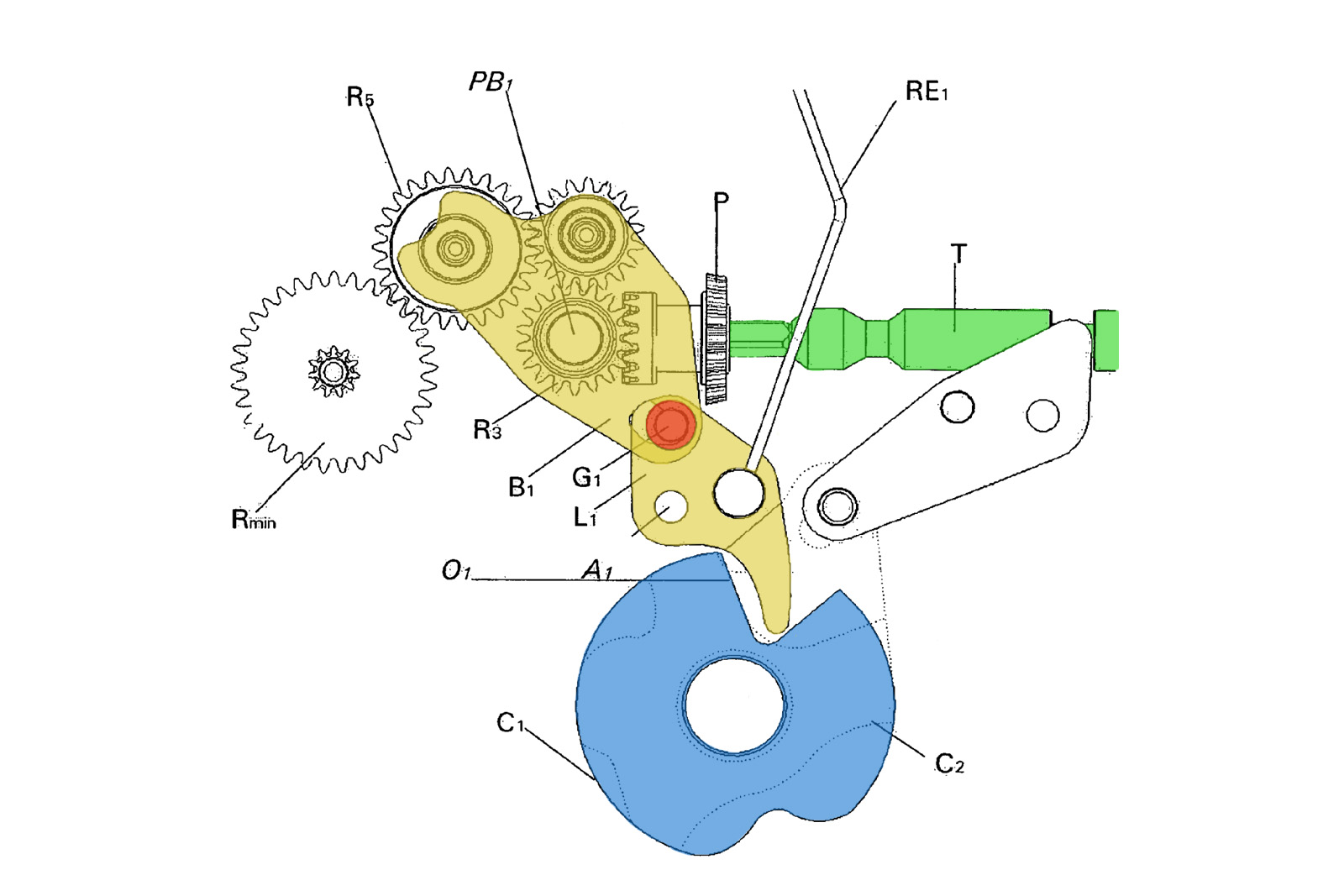
Figure 4. Image – European patent EP2533110B1
Figure 5 shows the system in another position, with cam C1 facilitating the quick set for the date. L2 in pink is sunk into a dedicated notch of C1, which in turn brings platform B2 and its gears in engagement with crown stem T.
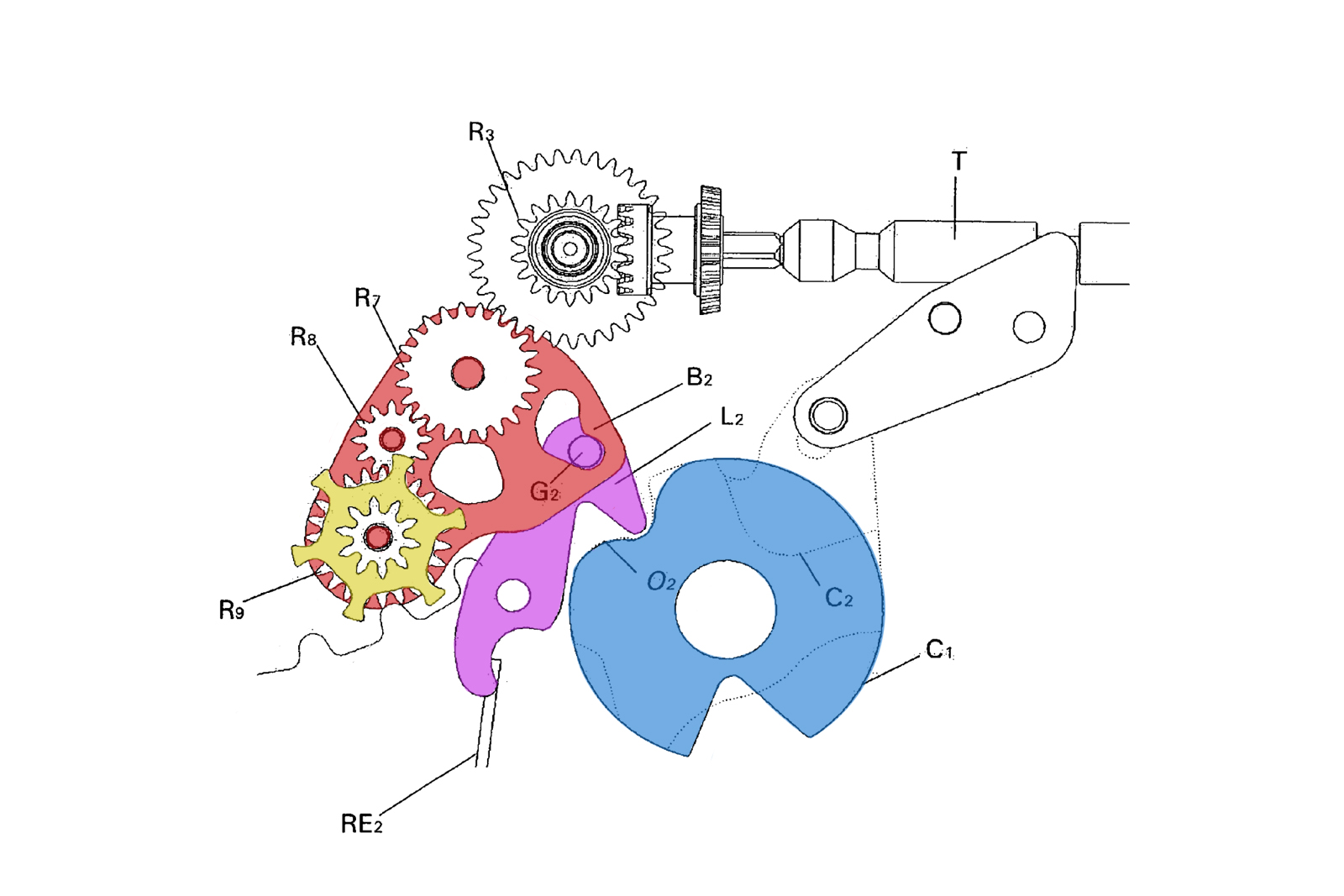
Figure 5. Image – European patent EP2533110B1
The system is more or less akin to chronograph works: the selective engagement of gears and levers is commanded by a cam, which in turn is put in sequence by the user. The system also has a security measure implemented, so the different setting modes engage only when the crown is pulled to the farthest position from the case. When the crown is in winding position, no setting levers are engaged.
This was brought to you in partnership with The Hour Glass. For more, visit Thehourglass.com.
Back to top.



